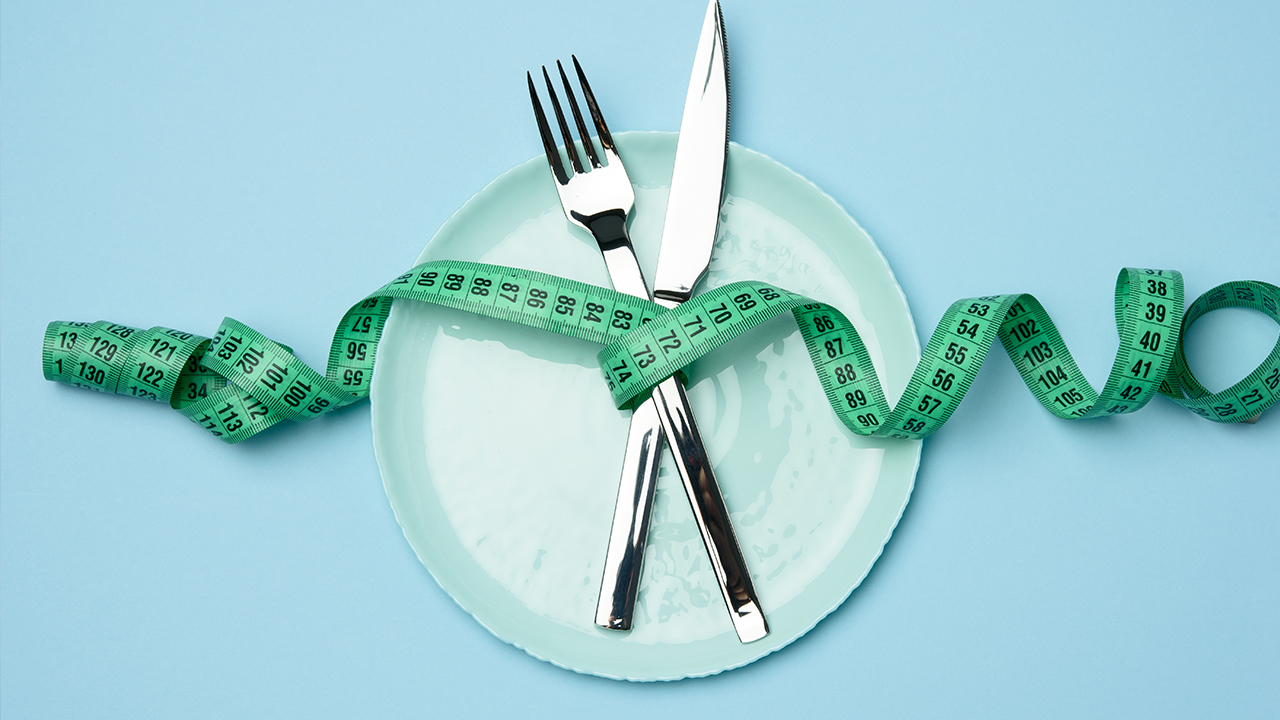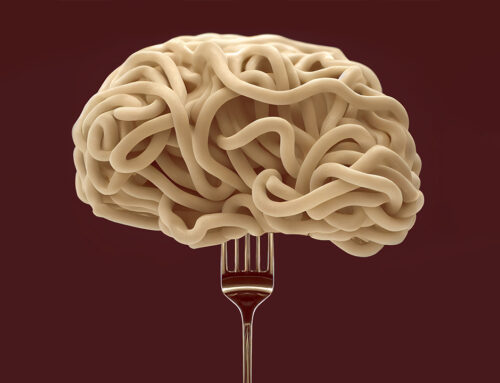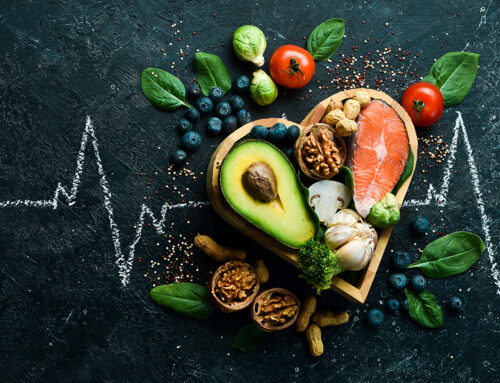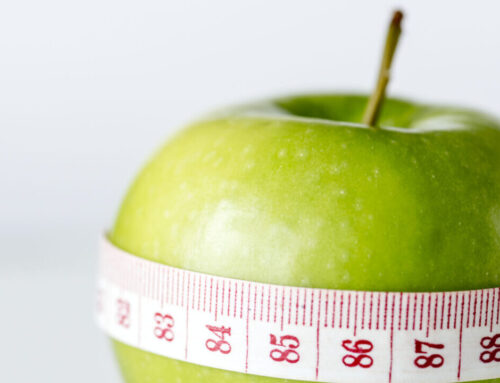Have you ever stopped to wonder: what is a calorie?
You may devote significant time, effort, and even guilt toward them.
However, calories aren’t something tangible you can touch or taste.
A calorie is a unit of measurement.
A metric.
A line in the sand.
The way a foot tells you how long something is, a calorie tells you how much energy is in that plate of pasta you just inhaled.
Sometimes they’re good.
Sometimes they’re almost evil.
Until you fully understand what this energy measurement means for your weight loss efforts, you may be shortchanging your ability to look your best.
The Skinny on Calories
Calories are less nouns and more verbs.
They aren’t anything you could pick up when you’re at the supermarket.
Technically speaking, a calorie is the energy needed to increase the temperature of 1 gram of water by 1°C.
It used to measure the power of steam engines, but your bowl of spaghetti Bolognese had it applied to it.
Food is surrounded by water and incinerated to calculate its calories.
The rise in water temperature determines how many calories are in a food, especially those multi-element foods like your spaghetti bolognese.
Your body then gets the power to run on chemical energy created by your digestive acids eating foods.
Overeat them, and you’ll store calories.
Underheat them, and you’ll burn those storage depots to the ground.
Calorific Misjudgments
We’re pretty good at getting most predictions wrong.
The weather.
Sporting results.
How much energy is on your lunch plate?
Research at the University of Otago got 70 people to decide on food energy portion sizes and found they were pretty much all hopeless at guessing.
Sure, they knew the high calorie from low calories foods, but the quantities threw them off so much that just about every estimate was wrong.
Where does that leave you?
The only remedy is to measure all your food for a week or two.
That will give you rough estimates and better visual guidelines for knowing how many calories are in specific food options.
Get a digital kitchen scale and measure everything to get a ranking for what you’re eating.
It doesn’t have to be forever, just for a few weeks.
The Zero-Calorie Truth
How can food have zero calories?
These foods use more energy to digest than they give to your body.
Sure, they may have less than 5 calories, but your internal processes cancel these out.
Foods such as It’s Skinny pasta and rice offer 9 calories.
They’re almost zero calories, especially when you consider they’re high in fiber, low glycemic, and have zero net carbs.
You can eat them and feel as full as if you’d had a bowl of regular pasta.
Made from konjac, these kinds of pasta and rice are naturally tasteless and absorb the flavors of whatever you add.
If you want to get a handle on calories, using It’s Skinny products means you won’t suffer a weight loss setback if you underestimate the number of calories in your next meal.







